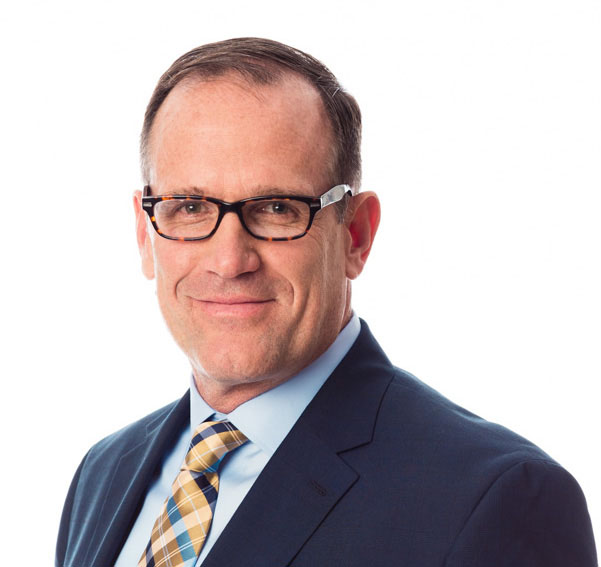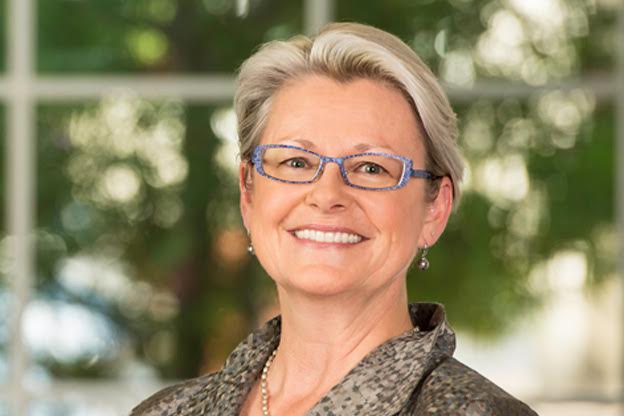Based in Walnut Creek, California, CSAA Insurance Group is a 100-plus-year-old company that in recent years took decisive steps to modernize its core property & casualty business.
In addition to establishing an Innovation Center dedicated to exploring and developing new insurance products and services for the future, this AAA insurer has also enlisted a Silicon Valley veteran: Debbie Brackeen recently came on as CSAA's chief strategy and innovation officer, and will oversee the company's technology, product and service delivery upgrades.
Related: When worlds collide: Insurers and InsurTech
Here, Brackeen joins COO Greg Meyer to discuss the potential impact of tech-driven innovation on the insurance business, and why this captive insurer feels relatively unfazed by the recent wave of Wall Street-backed InsurTech startups.
PC360: How would you characterize the approach to innovation and modernization at CSAA?
Greg Meyer: The technology transformation that CSAA completed over the past five years was significant (based simply on) the scale of the transformation. We've implemented a new policy administration system, which is the core processing system for our property & casualty business. It integrates all the statistical systems, all of the reporting, and the billing system. Not only did we replace the policy administration system but (also) the claims system. We brought in a new data and analytics platform, and we've implemented a customer relationship platform. So we've really replaced every single piece of technology. The reason that's so significant is, it enables us to be able to offer contemporary products and services.
PC360: What types of contemporary products and services?
 Meyer (pictured at right): Twenty percent of our members choose to put a telematics device in their car. It's a usage-based insurance product that's enabled by our new technology platform. Our members also want to service their policies online or through their digital devices. So again, we have to have the technology that supported the preferences that our members have to increasingly do business digitally, online, and also receive all of their communications from us electronically.
Meyer (pictured at right): Twenty percent of our members choose to put a telematics device in their car. It's a usage-based insurance product that's enabled by our new technology platform. Our members also want to service their policies online or through their digital devices. So again, we have to have the technology that supported the preferences that our members have to increasingly do business digitally, online, and also receive all of their communications from us electronically.
We have millions of policies on old systems, with old products that were becoming less relevant to our members. So we had to create these new systems. And then we had to move all the policies from the old systems and the old products to the more contemporary products that are really more state of the art.
Related: 3 InsurTech updates to the underwriting process
PC360: How much of this work was handled in-house versus partnering with outside software or platform vendors?
Meyer: We use products that are developed by third parties as the base technology, and then we develop our own system around that. For example, for our claims system, we use Guidewire software, then build in all of the process capability and integrate with all of our vendors using the Guidewire products.
We use a company called EIS Group for policy administration, and we use Hadoop for our big data platform.
As a general rule, we're not developing more technology. We're taking the best technology we can find, and then we're building it for our applications.
Continue on…

Debbie Brackeen with CSAA Insurance Group likens the current wave of InsurTech startups to what happened with banking and fintech companies. "These companies represent partnership opportunities for us," Brackeen says. (Photo: iStock)
PC360: How would you describe the cultural shift necessary for this type of technology strategy at your company as well as throughout the property & casualty industry?
Debbie Brackeen (pictured below): I don't think this is unique to insurance … We're in an era of unprecedented change in the world. People call it different things, but it's definitely fueled by the technology innovation that's happened over the last decade, whether that's cloud computing the rise of mobile. Everybody talks about how the pace of change is accelerating, and the pace of disruption is accelerating.
But because of that technology, we have these built-in feedback loops. The fact that somebody might love Lyft or Uber creates an expectation for about how they want to interact with almost any institution or business. So, to me, it is a cultural challenge, especially for a lot of companies in the insurance industry that, like ours, may have been around for a hundred years or more.
Another (issue) that we talk about frequently here is that our mission is to protect and grow our core business while simultaneously innovating and coming up with new business models and new businesses that are relevant to our customers and our members. We talk about this need to be ambidextrous, and that's a cultural challenge for us and I think for many in our industry.
Related: 3 reasons startup entrepreneurs love InsurTech
PC360: How do you respond to agents, analysts, adjusters and the like who may worry that this fast-paced innovation could make their jobs obsolete?
Brackeen: There's a popular conversation at the moment around artificial intelligence, and whether AI is going to replace all types of jobs. There are people on a widely varying spectrum who have theories about what jobs might be replaced and how fast. I think those things are very difficult to predict because AI is still an extremely complex topic. It's not just one thing . . .
I recently (read) Eric Schmidt from Google (talking about) when banks first introduced ATMs. There was a big fear back then that bank tellers were going to be put out of business. But in fact, when you look at the stats, there were more bank tellers after the introduction of ATMs.
So, I personally choose to focus on the benefits of automation and efficiency that some of these new technologies can introduce to our business, because that ultimately translates into customer value.
This video was provided by CSAA Insurance Group to illustrate the company's technology and innovation strategy:
See also:
The direction of insurance in 2017: It's all about convergence
Insurance, data analytics and internal operations: untapped opportunities
Want to continue reading?
Become a Free PropertyCasualty360 Digital Reader
Your access to unlimited PropertyCasualty360 content isn’t changing.
Once you are an ALM digital member, you’ll receive:
- Breaking insurance news and analysis, on-site and via our newsletters and custom alerts
- Weekly Insurance Speak podcast featuring exclusive interviews with industry leaders
- Educational webcasts, white papers, and ebooks from industry thought leaders
- Critical converage of the employee benefits and financial advisory markets on our other ALM sites, BenefitsPRO and ThinkAdvisor
Already have an account? Sign In Now
© 2025 ALM Global, LLC, All Rights Reserved. Request academic re-use from www.copyright.com. All other uses, submit a request to [email protected]. For more information visit Asset & Logo Licensing.








